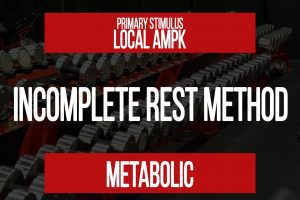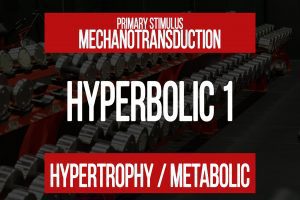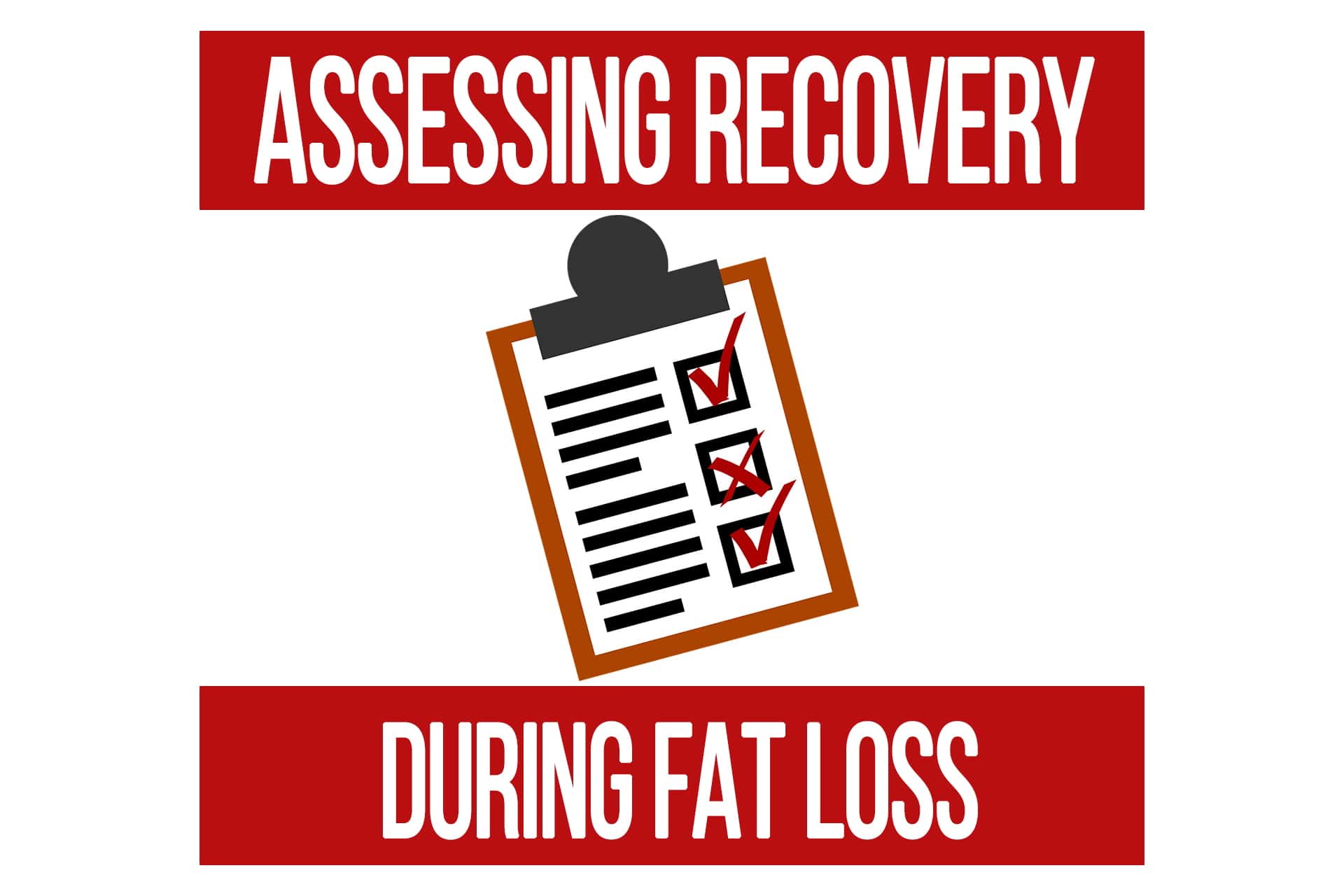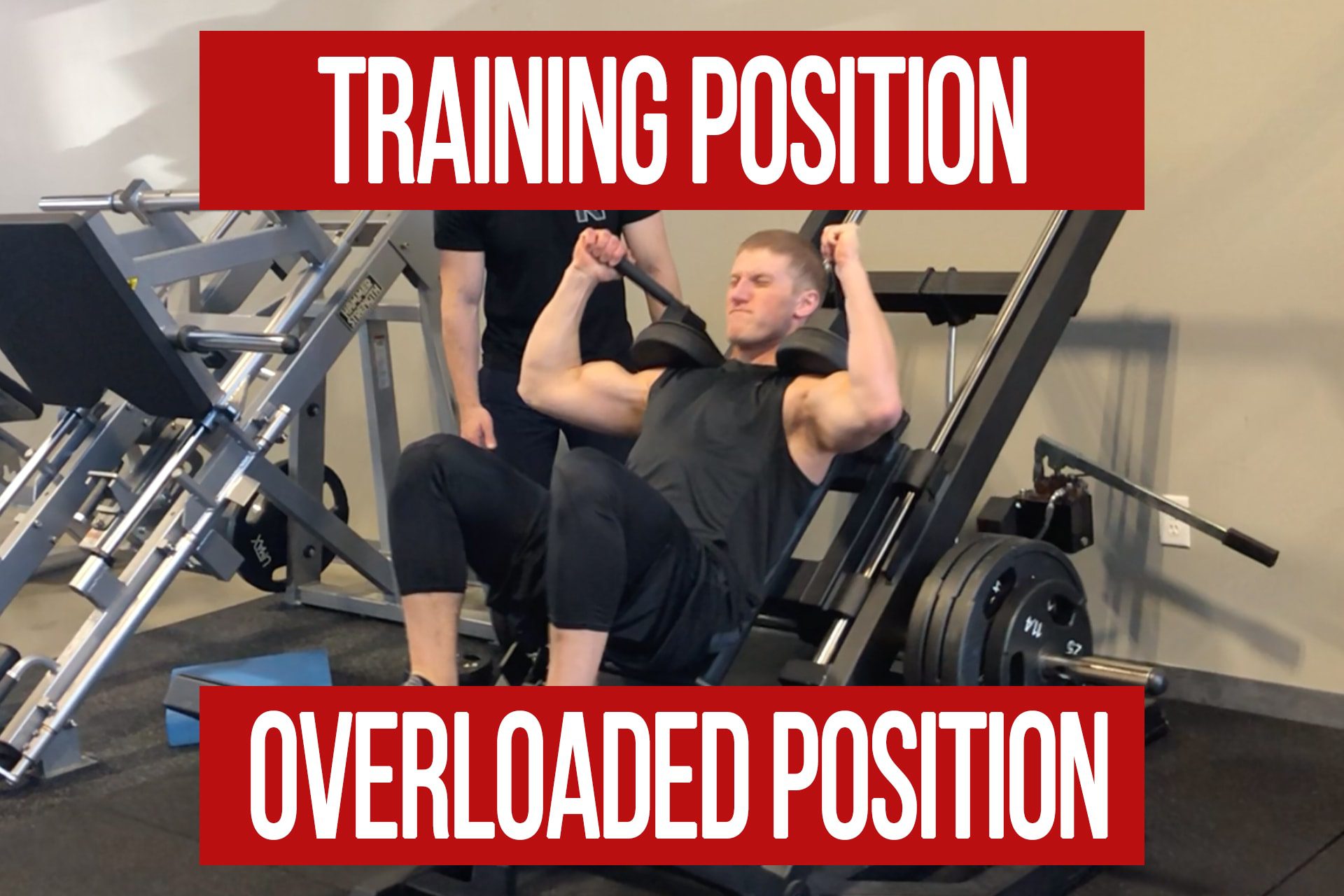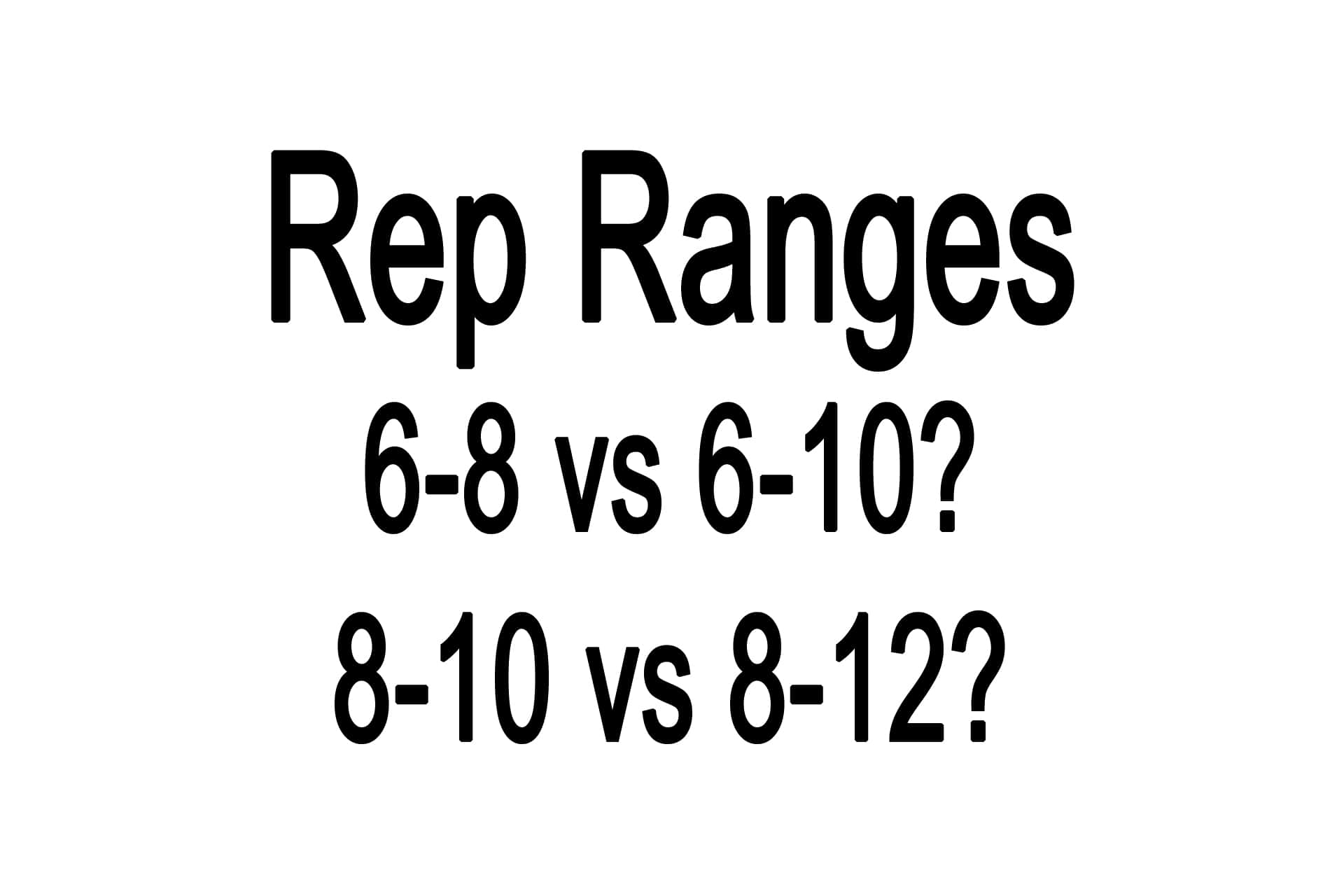Set & Rep Methods: Incomplete Rest
n1 training
Introduction & Characteristics
The Incomplete Rest Method (IRM) is used to create a metabolic stimulus. It’s simple and effective, which is why we use variations of this method regularly when writing certain types of programs for specific stimuli.
The characteristics of an IRM include:
- Can be performed at any training experience level (easy to individualize)
- Increases nutrient partitioning (shuttling nutrients preferentially to muscle instead of fat)
- Minimal mechanical damage
- Minimal oxidative stress
- Minimal neurological stress
- Activates AMPK (signals muscles to store glucose and burn fat simultaneously)
If you’re not familiar with some of the terms in the last 4 points, that is ok. Those are topics we cover in detail in the Nutrition & Program Design course.
What you need to know is that you should usually not do it in a completely glycogen depleted state and that it can be beneficial for fat loss programs because, when done correctly, you will recover quickly meaning you can train at a higher frequency.
How To Do It
IRM is performed just the way it sounds. You’ll choose a given weight based on the goal reps, covered in more detail below, and then taking rest periods short enough that you are not completely recovered before beginning the next set.
In a basic IRM you should use the same weight for all sets. The goal is accumulation of lactic acid and to hit failure by fatigue only on the last 1-2 sets.
When choosing your weight, keep in mind that the first few sets should be relatively easy as we’re trying to build up metabolites to achieve failure due to muscular fatigue by the end of the prescribed sets.
For example, the most common setup for IRM is 8 sets of 8 with 30 seconds rest. In this instance, you’d want to choose a weight you could normally do for 12-15 reps. The first 3-4 sets should be relatively easy, but by the last set it should take every ounce of willpower to complete the final reps.
For exercise selection, we will usually want to choose a resistance profile that is biased towards the shortened position or the mid-range. We will also usually go with exercises that do not train the muscle in its fully lengthened position. This will help mitigate mechanical damage as you accumulate fatigue and go to failure.
Example Set & Rep Schemes
Here are a few basic protocols for IRM in ascending order from beginners to more advanced trainees based on their neurological efficiency (ability to contract more muscle fibers in each rep). Keep in mind these are basic guidelines and there will be individual variance on how much each person may need. The principle is that the rest needs to be short enough not to allow full recovery and cause you to fail on the last set due to a massive buildup in lactic acid.
Sets x Reps, Rest
Beginner: 3-4 x 10-12, 20 seconds
Intermediate: 8 x 8, 30 seconds
Advanced: 6 x 6, 40 seconds
Key Point Summary
- Same weight for all sets
- Short enough rest not to allow full recovery
- Goal is failure ONLY on last set
- Prefer exercises with a resistance profile biased to the middle or shortened range
- Prefer exercises that do not train the muscle in it’s fully lengthened position
To search for exercises that fit #4 and #5 you can use the Exercise Library to filter by Position and Resistance Profile.
To learn more about different training methods, programming, and periodization, check out the Nutrition & Program Design course on N1 Education
Programs
Examples of programs that use an incomplete rest method are:
Have a Question for Us?
Please Log In to Submit Your Question
High VS Low Frequency Training
videoBody Composition Foundation Hypertrophy Program Design Strength & Power Training
Popular Pages
Learn & Train With Us
Add N1 Training to your Homescreen!

Please log in to access the menu.
